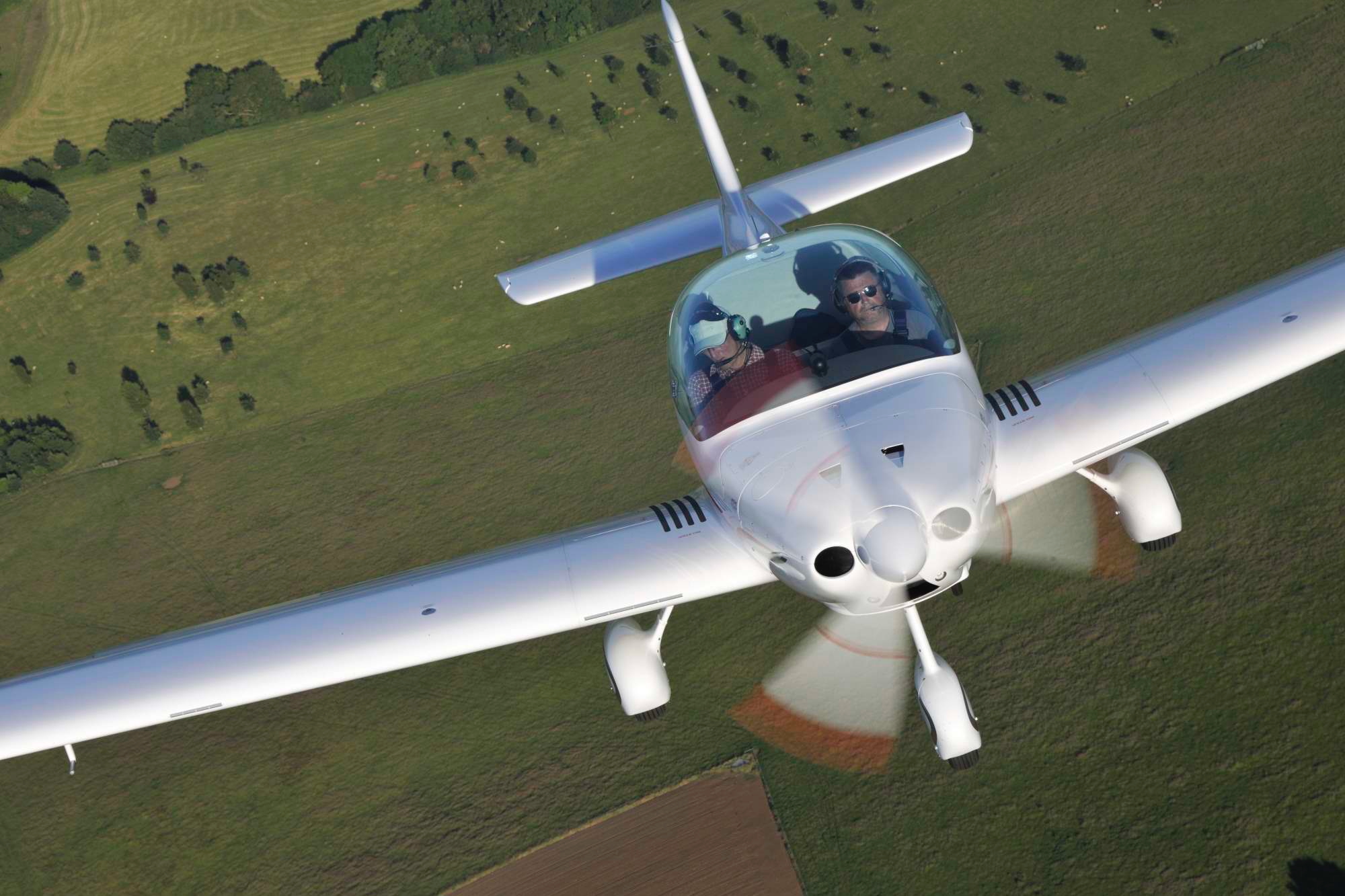 Lined up on the runway, I open the throttle to the stop. The Dynamic surges forward, my right thumb presses a small button at the base of the throttle quadrant and I push the lever further forward. In an instant there’s 15% more thrust and the speed tape really starts to roll. Ease back on the stick and we’re airborne after a very short ground roll and climbing away at well over 1200 fpm.
Lined up on the runway, I open the throttle to the stop. The Dynamic surges forward, my right thumb presses a small button at the base of the throttle quadrant and I push the lever further forward. In an instant there’s 15% more thrust and the speed tape really starts to roll. Ease back on the stick and we’re airborne after a very short ground roll and climbing away at well over 1200 fpm.
Flaps up, and 20 seconds later we’re passing through 400 feet, I pull the power back past the detent and the turbocharger control unit (TCU) reduces boost to 35 inches of manifold pressure. I then lower the nose, dial the prop rpm down to 5500 engine rpm and note the VSI is still showing around 1000 fpm before swinging the shapely spinner onto a south-easterly heading. Already I can see that the field of view is phenomenal and feel that the handling is crisp and taut.
That’s just a tease of the WT9’s performance. Let’s back up a step and look at the airplane itself. Access to the cockpit is via the trailing edge of the wing, which features sensibly sized non-slip wingroot walkways. It’s easier if the flaps are down, and I note with considerable interest the sportscar-type mirrors on both sides. The enormous canopy hinges forward, opens wide and is well supported by black gas struts. However, these are a bit too “grabbable” for people climbing in and out, and I’d recommend painting red stripes on them. The cockpit has a maximum width of 42 inches but seems wider. It incorporates several stowage options, including being able to carry 88 pounds behind the seats and 44 pounds under the seats.
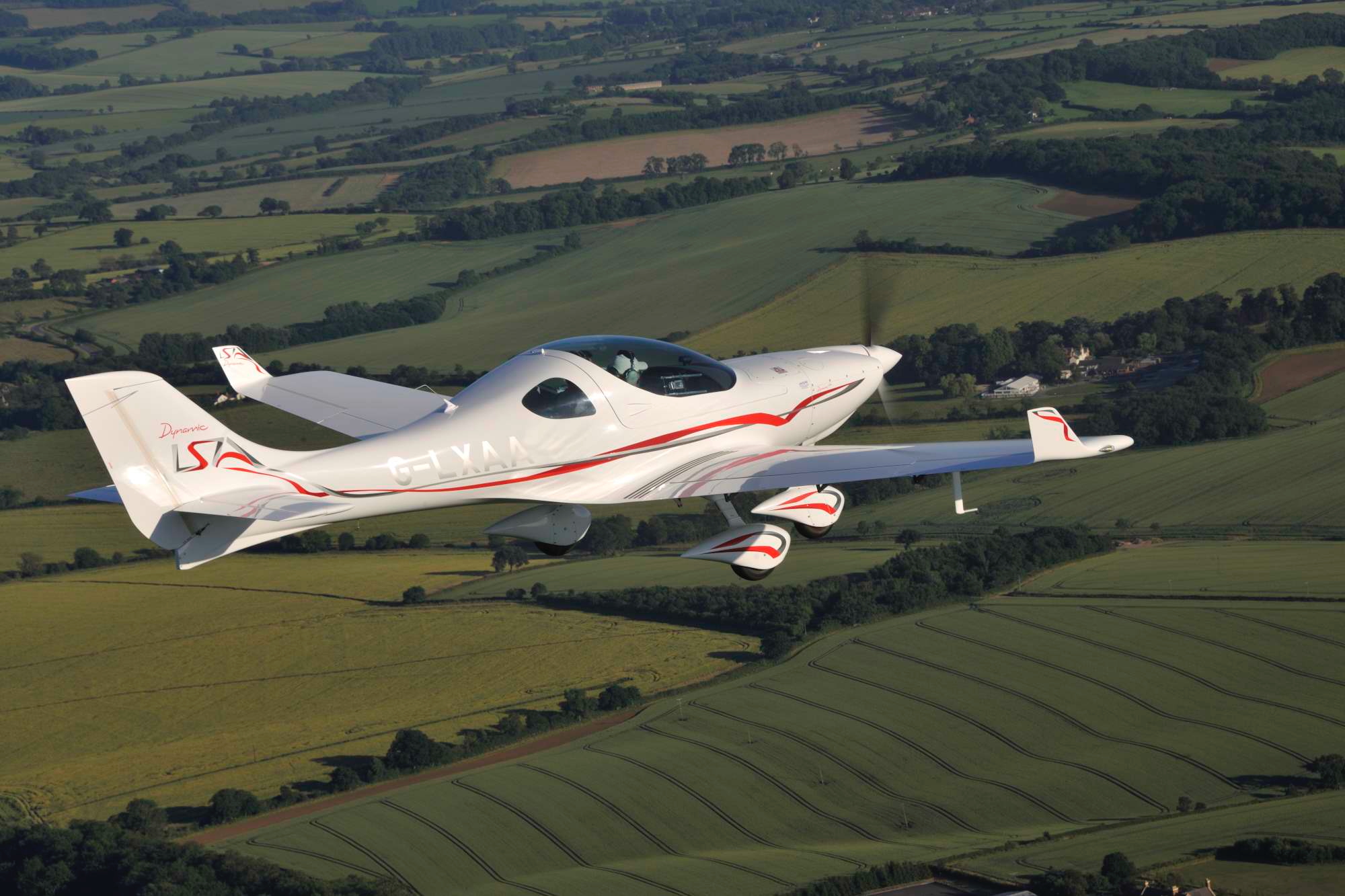
(Keith Wilson photo)
Settling onto the very comfortable semi-reclined seat I study the controls and instruments with considerable interest. When I tested the 100-hp version in 2018 I felt that although the cockpit was extremely well designed there was still room for improvement and made a few suggestions. Gratifyingly, practically the first thing I noticed was that the rather flimsy toggle switches had been replaced by a row of rugged-looking rockers. The seats are fixed but the rudder pedals adjust. Fixed seats can be light and still crashworthy, which is why most Light Sport manufacturers choose this option. Less satisfactorily, the adjustable rudder pedals can be set asymmetrically, and if the pedals are adjusted while the rudder is deflected it is possible for the pedals to be set neutral when the rudder is not. Worth knowing.
Once strapped down with the neat four-point harness I re-familiarize myself with the layout of the instruments and controls. The big panel is dominated by a pair of multifunction Kanardia Nesis III displays. Made in Slovenia, they are highly sophisticated electronic devices which present an astonishing amount of flight and engine information. It could be almost too much information on a single page, but is backed up by a block of annunciator lights at the top of the panel, with a standby ASI and miniature standby EFIS, with the transceiver, transponder and intercom underneath.
Thus far it wasn’t that different to the 100 hp version, but I noted two significant additions—the two Flybox electronic controllers, one for the Woodcomp constant speed prop and the other for the flaps, which were purely mechanical on the 100-hp variant. The prop can be controlled either manually or left in constant-speed mode, while the electric flaps can be either set anywhere between 0 and 35°, or in Auto travel to the next of the four preset positions (0, 15, 25 and 35°) when the wafer switch is clicked up or down.
I like things simple and for the takeoff I elected to leave the prop set to 5700 rpm and in the CS mode and the flaps in Auto with 15° set. Why make work for yourself?
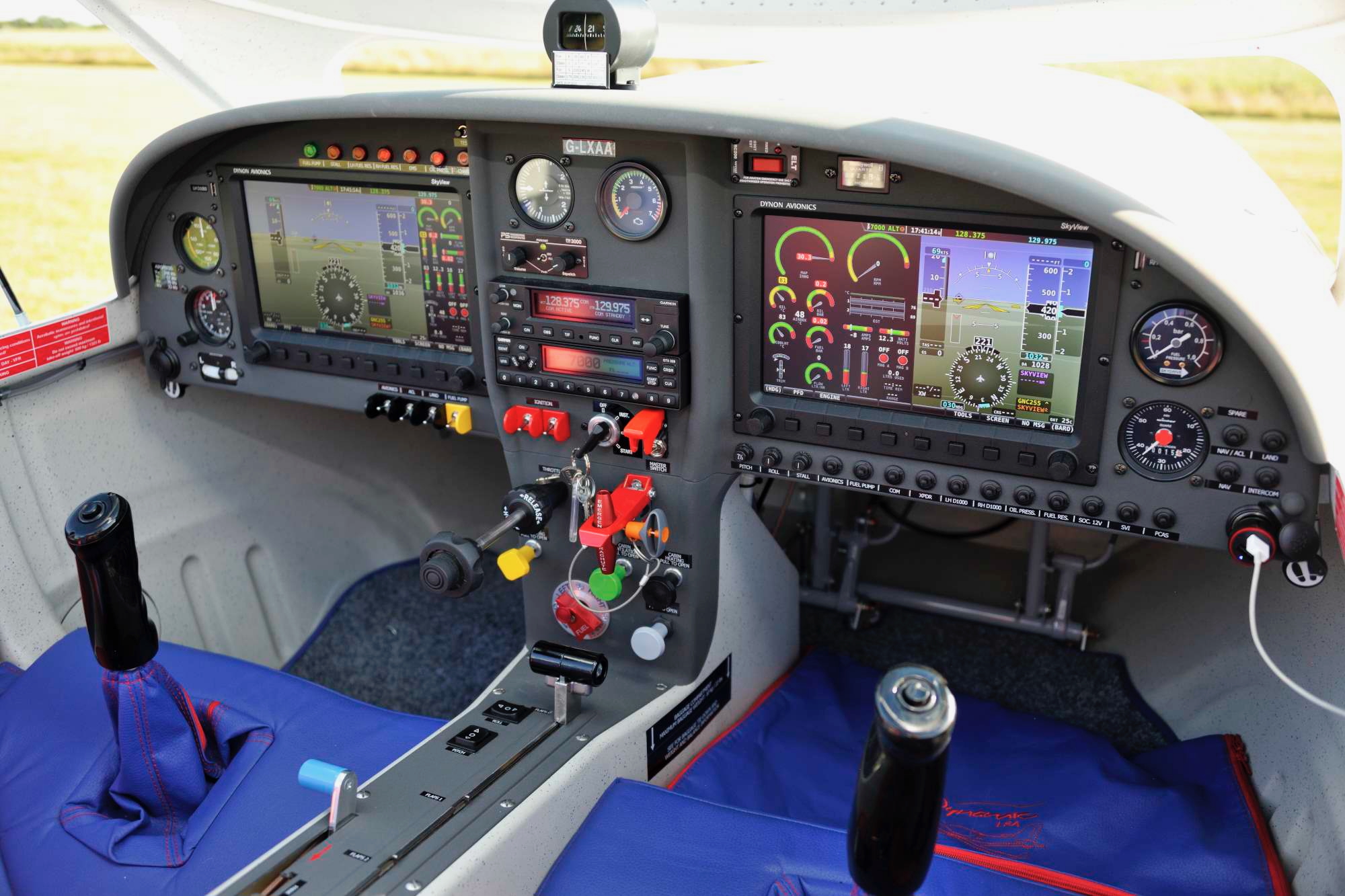
(Keith Wilson photo)
The throttle and its operation require expansion. It consists of a big T-handle with a spring-loaded button that must be pressed to push the throttle up to maximum power. There is a detent at the 100% throttle lever position that gives 100 hp, but 100% engine power (115 hp) is only achieved at the 115% throttle position. The TCU uses the throttle position in conjunction with ambient pressure, airbox pressure, temperature and engine rpm to actuate an electronically controlled wastegate.
Thus far I’d found nothing really unsatisfactory ergonomically but annoyingly Aerospool dropped the ball at the final hurdle (and how’s that for mixing your metaphors!) The plungers are all a little bit too “samey” to be so closely grouped together, as the choke and cabin heat knobs are identical in shape, color and movement—they really should be different shapes and colors. Of course, I am being very picky. This is a cockpit that has been thoughtfully designed around its occupants and while you may think “surely all cockpits are?” I can assure you this is far from the case!
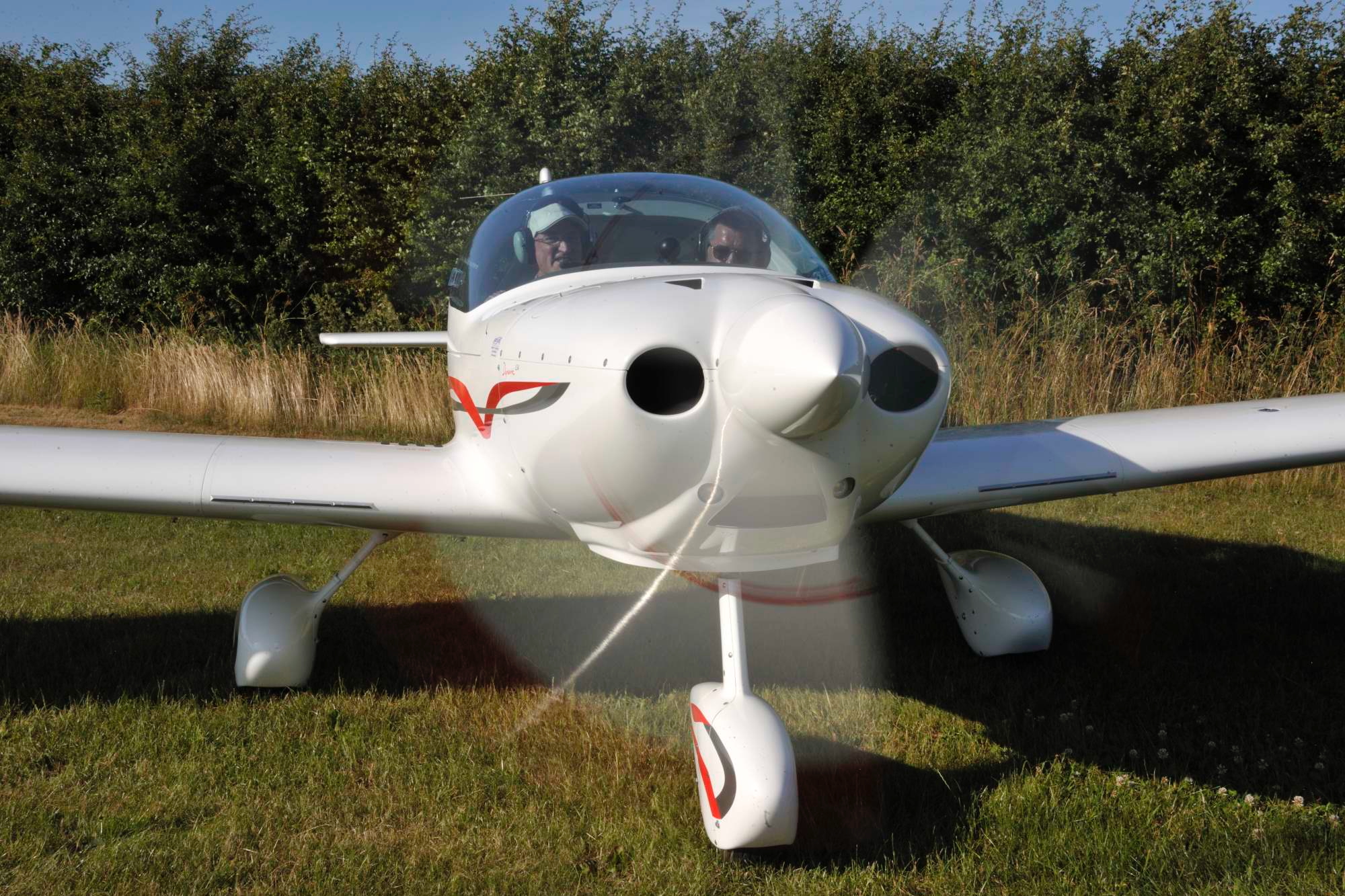
(Keith Wilson photo)
Should you need it, access to the Rotax 914 engine is good as the top cowling is secured by Dzus fasteners and can be readily removed. It is fed from a pair of wing tanks with a combined capacity of 33.2 gallons, of which 32.7 are usable. The Rotax turns a Woodcomp SR-30 three-blade constant-speed prop fitted with a sharp-pointed spinner. Powerful taxi and landing lights are located either side of the radiator air inlet in the lower cowl, while the frangible panel for the EPS rocket to fire through is aft of the cowling. The nosewheel strut and main undercarriage legs look robust and carry Beringer wheels and brakes covered by snug-fitting spats.
Back to the Flying
Taxiing is straightforward as the nosewheel steering through the rudder pedals is precise and the field of view good, except for directly in front as the nose is pitched slightly up. The hand-operated brakes are powerful and progressive. Approaching the runway threshold, I noted the instruments are suggesting a slightly warmer-than-standard day, but at our sea-level airport I don’t even bother to calculate density altitude. We’re well below the 1320-pound max weight, so our power-to-weight ratio is just fine, especially if we use the turbo.
However, a previous takeoff had already shown me just how good it can be, so for this takeoff I elected to use only 100 hp and 5500 rpm, not the full 5700, and we were still airborne having used less than half of the 2000 feet of available runway. There’s a slight pitch-up moment as the flaps retract and although the Vy is 69 KIAS, this gives a steep deck angle and a compromised forward field of view, so I trim for 80.
Cruising at a representative altitude for UK general aviation (2500 feet) we set 5400rpm and 27 inches of manifold pressure. This gave an IAS of 108 knots for 113 KTAS, on a fuel flow of 4.5 gph. Of course, it will go faster—a lot faster. Open up everything but the toolbox (5500 rpm, which is max continuous, and 33 inches MAP) and the POH claims it’ll do 132 KIAS, although the fuel flow will have increased by almost a third and you’ll be 13 knots past the 119 KIAS top of the white arc.
Feelings
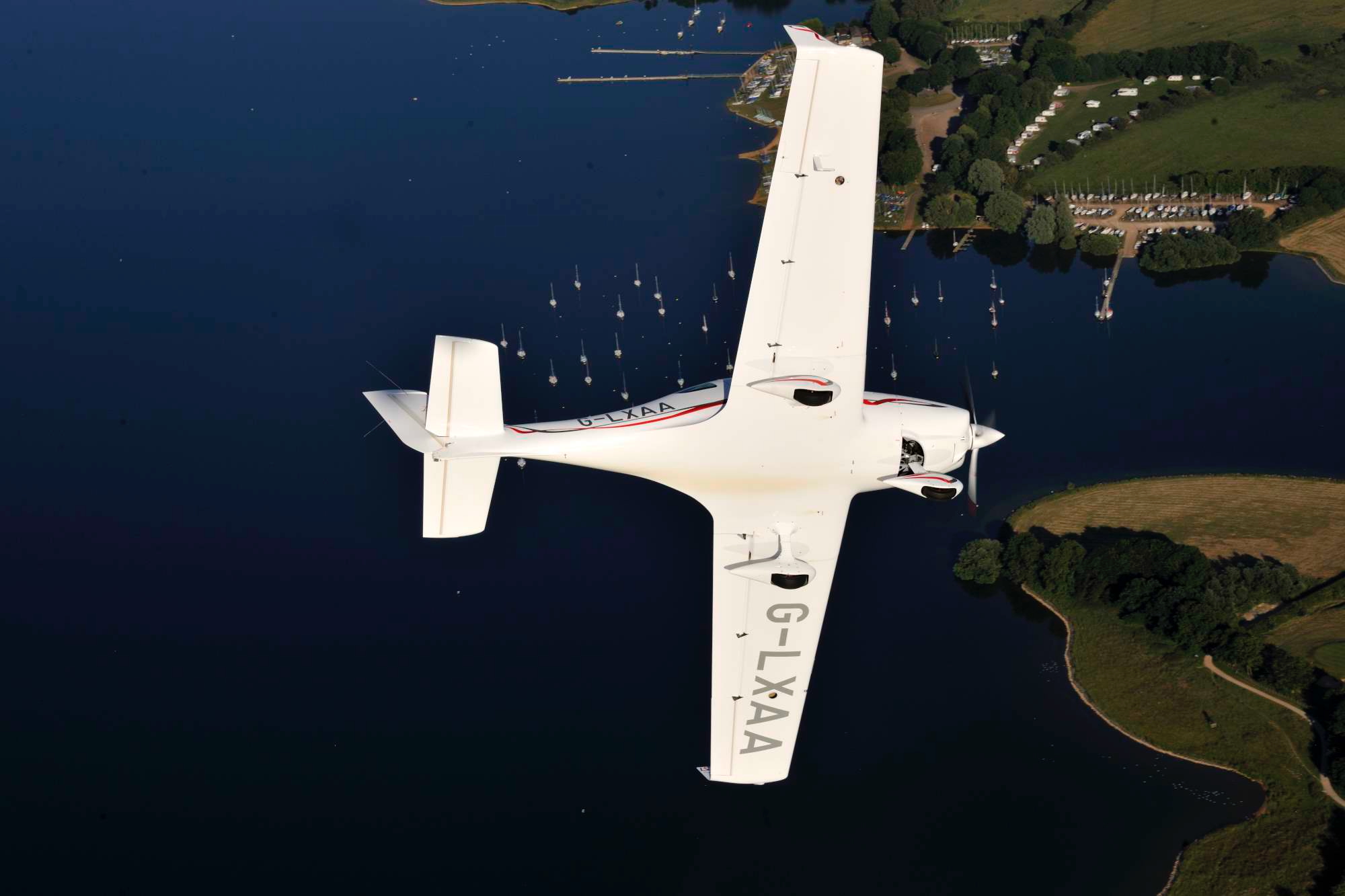
(Keith Wilson photo)
Control harmony is excellent; the ailerons are light, the elevator powerful and the rudder nicely weighted. All the primary controls have low break-out forces and minimal “stiction,” with the ailerons and elevator actuated by push rods. These provide a taut feel and powerful precise control in both pitch and roll. Cables control the rudder.
Moving onto an investigation of the stick-free stability proves interesting. Directionally it’s unsatisfactory but not for aerodynamic reasons. It’s simply because when you introduce an extreme sideslip, the nosewheel’s fairing is holding the rudder on. Longitudinally it’s weakly positive. From a 10-knot displacement it took several long wavelength, high amplitude phugoids before it eventually returned to the trimmed speed. Spiral stability is neutral.
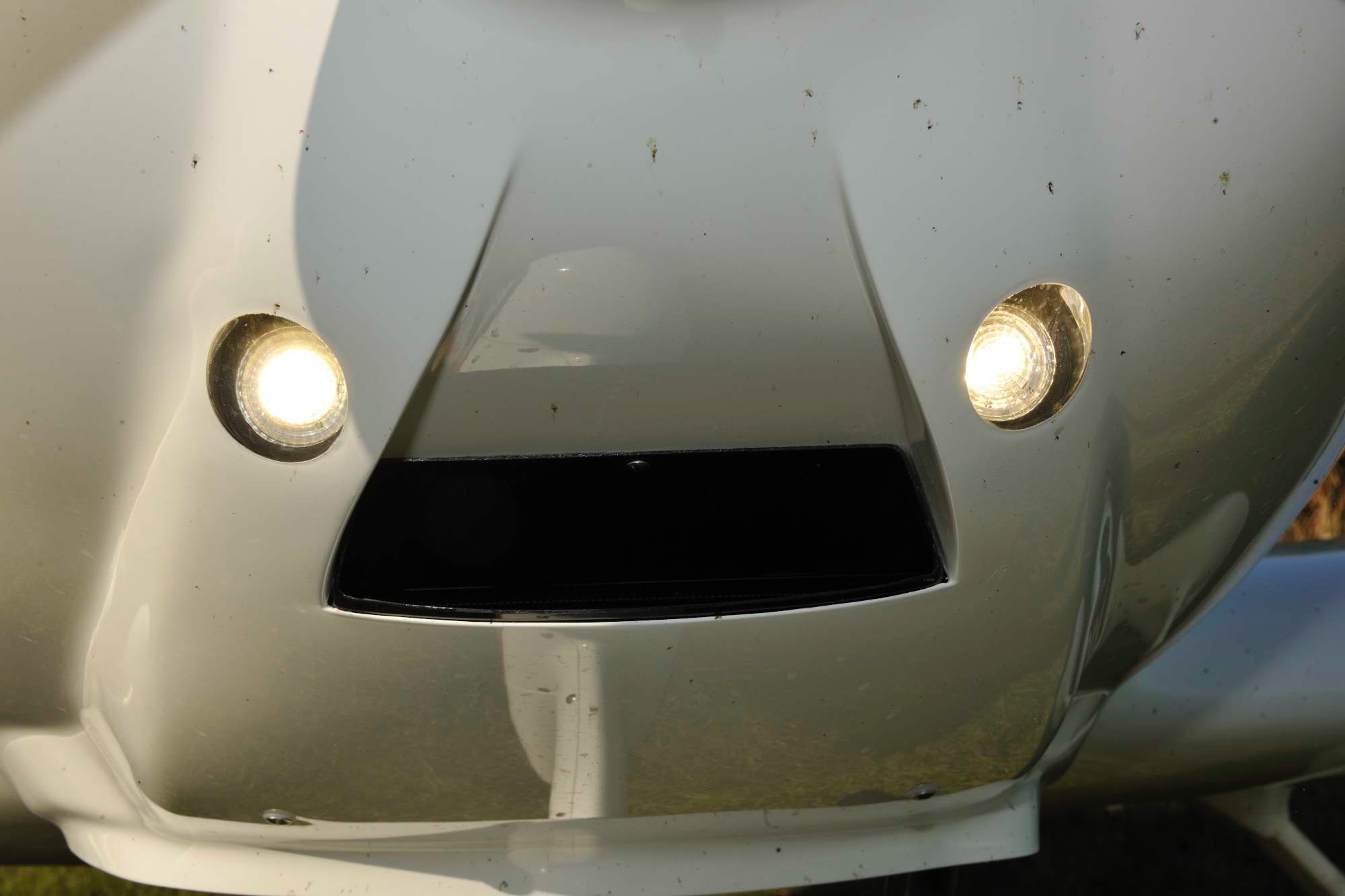
(Keith Wilson photo)
The slow-speed handling either flaps up or down is faultless, and although the pre-stall buffet is quite subtle, the optional stick shaker isn’t! Post-stall there’s a gentle wing-rock but the ailerons remain effective, while if the airspeed is slowly reduced the aircraft never really drops its nose at the stall. Instead, the sink rate steadily increases and the Dynamic simply mushes with the nose gently hunting in pitch and the sink rate increasing. It remained controllable laterally and directionally.
We were about 110 pounds below max-gross weight, but nevertheless with a combination of full flap, a bit of power and very gradual deceleration the speed fluctuated around 30 KIAS, which really is quite impressive. Clean and with the throttle at idle the wing quit at about 40, and recovered the instant I released the backpressure. In fact, the stall is so benign that I can’t help but think that the stick-shaker is a little OTT. Pitch trim changes are noticeable when the flaps are extended or retracted, but changes in power produce only small changes in trim.
The new breed of Light Sports just keep getting better and better— and this just might be the best one yet! From the crisp handling and comfy cockpit to the sparkling performance and exceptional field of view, I loved every facet of this outstanding aircraft. Only one thing could make it better: More power. In fact, Aerospool has fitted the WT9 with the Rotax 915 and 916 examples. Can’t wait to fly one of those!
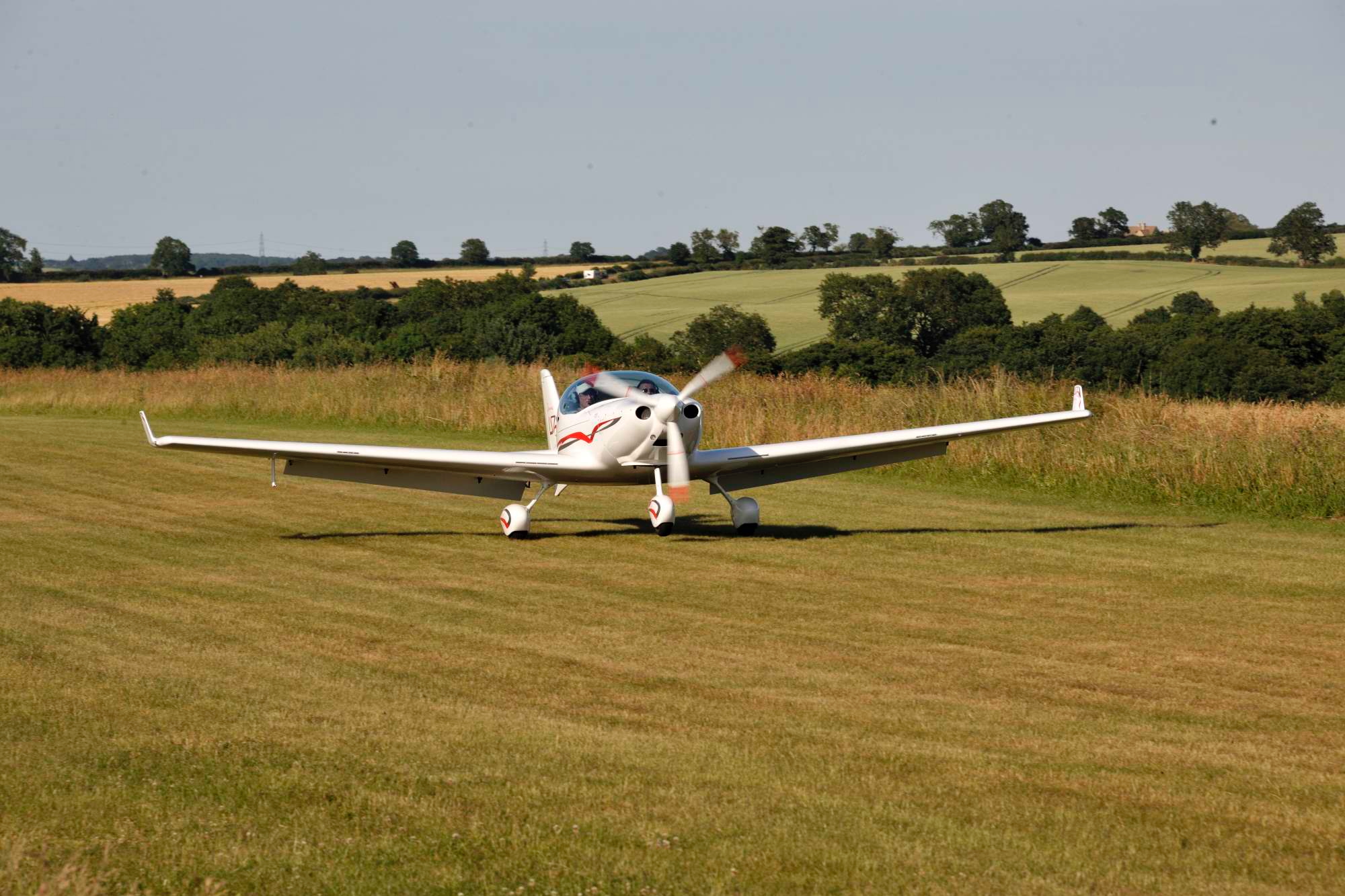
(Keith Wilson photo)


Thanks for an informative write up Dave. I hope you do get a chance soon to fly one with the bigger motor and retractable gear. I don’t see a US distributor on their website. Any info on that? And any pricing info would be appreciated. Thanks again.